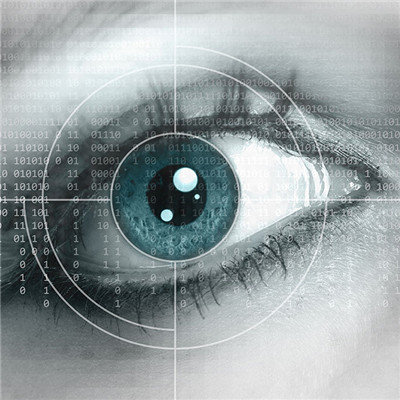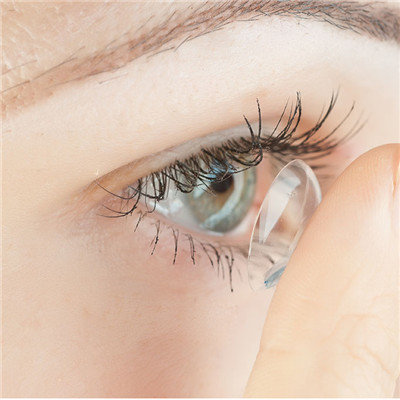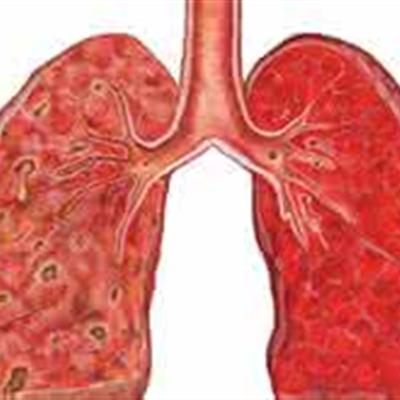Symptoms of blindness
summary
We all know about blindness. Many people are caused by genetic factors or different environmental factors in the process of embryonic development. Here, children have no visual experience, so they almost have no visual imagination. According to relevant studies, 56.3% of the children with visual disability aged 0 to 14 are congenital blindness. So what are the symptoms of blindness? Here we will analyze the related problems of this disease.
Symptoms of blindness
1、 Night blindness (night blindness): also known as "day vision", "eyes", "Moonlight blind". Symptoms of night vision disorders. It is a dark adaptation disorder caused by the dysfunction of retinal rod cells. The visual acuity is better during the day, and it is greatly reduced at night or in the dark, even can't distinguish between them. It is found in vitamin A deficiency and some fundus diseases. According to the causes of the disease, it can be divided into hereditary night blindness and acquired night blindness. Hereditary night blindness is a symptom of night blindness acquired through parental germ cells, and treatment is often difficult to work. Acquired night blindness is a kind of night blindness caused by acquired systemic diseases or eye diseases, which can be treated according to different causes.

2、 Color blindness: a visual defect. Due to the abnormal or incomplete photoreceptor pigment in the cone cells of the retina, the ability to distinguish one or several colors is lacking. According to the clinical manifestations, they were divided into total color blindness and partial color blindness. Completely unable to distinguish color, as only black and white, gray feeling, known as panchromatic blindness or monochromatic. It is often accompanied by high photophobia, frequent blinking, significant loss of vision, central scotoma, daytime blindness, etc. Losing the ability to distinguish a certain color is called partial color blindness. Among them, those who can't distinguish red are called red blindness or first color blindness. In the spectrum, the red part is shortened, green is yellow, and purple is blue. Those who can't distinguish green are called green blindness or second color blindness. In the spectrum, green is regarded as gray or dark black. Those who can't distinguish blue are called blue blindness or third color blindness. Only red and green can be distinguished in the whole spectrum. Sometimes red and green color blindness patients can show amazing color discrimination ability, which is derived from their life experience, according to the different saturation and brightness of red and green to distinguish, but in the color mixing test, it shows the nature of color blindness. According to the frequency of occurrence, they are green blindness, red blindness, blue blindness and panchromatic blindness. In the 20th century, Wilson proposed that color blindness is transmitted through X-linked inheritance, which is inherited by females, who give birth to boys and girls without symptoms. Only when the female is a combination of recessive color blindness and male color blindness, the female will show color blindness. The incidence rate of male is about 5%, and female is about 0.8%. There is no special treatment for congenital color blindness. Acquired color blindness is mostly caused by optic nerve diseases and retinal and choroidal diseases. The former is mainly red and green color blindness, while the latter is blue blindness. Different treatments can be given according to the causes.

3、 Blindness: the name of the syndrome. See Su Wen · Qi Tong Tian Lun. It's blindness. It is commonly known as blind. There is nothing to see《 "Those who get rid of Yin are blind." There are many causes, including congenital and acquired. Blindness can be caused by severe internal and external ocular diseases and trauma. All the diseases with blindness tendency should be treated actively.

matters needing attention
The symptoms of blindness are mainly divided into three types, we should pay more attention to protect our eyes in life, let the eyes rest in time, when we find that our vision has blurred symptoms, we must go to the hospital in time for detailed examination and treatment, in order to prevent the disease from causing serious damage to the eyes.










